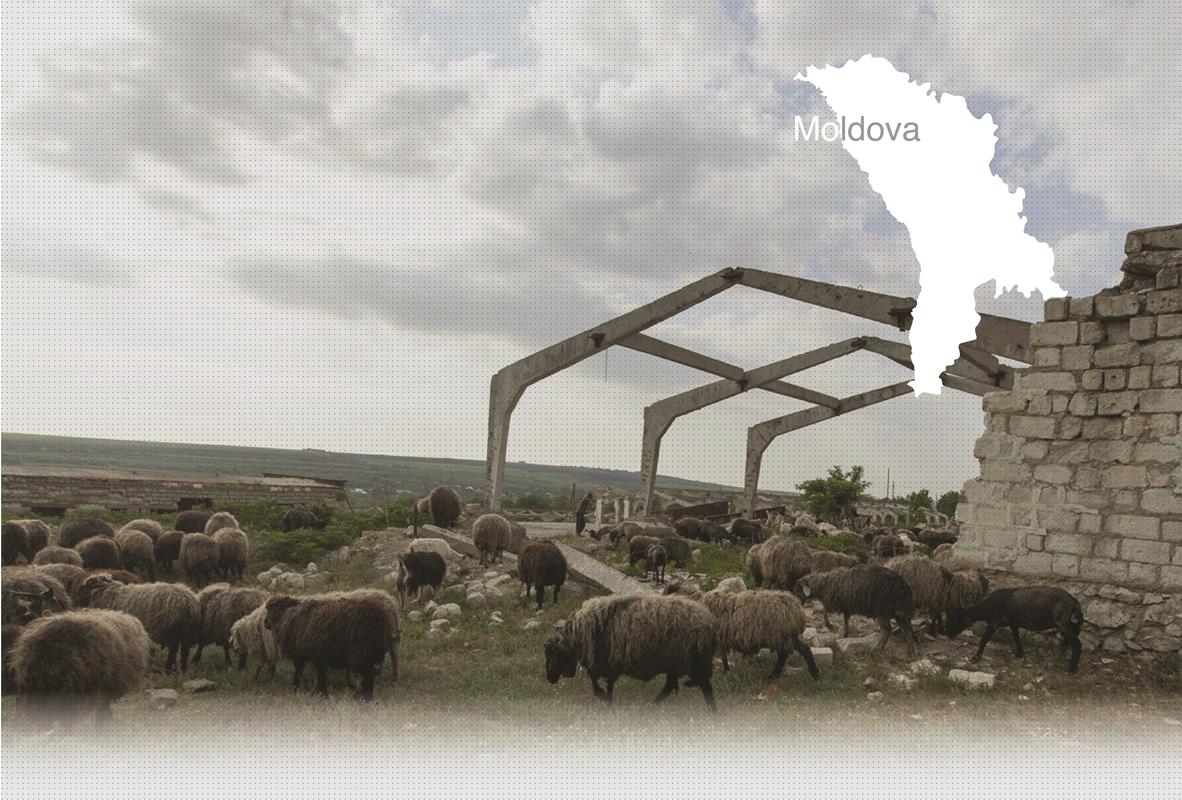

1 Killing site(s)
Mikhail F., born in 1931: “Before the war, mainly Moldovans, Roma and Jews lived here in Lăpușna. The Jews were merchants, they owned all the shops in the village. The Moldovans were mainly farmers and Roma were black-smiths and shoemakers. From time to time, the groups of nomadic Gypsies would settle down in the village near the stream with the permission of the Mayor of the village. When war broke out, the Romanian gendarmes arrived in the village. Right after their arrival, they started to enter Jewish homes and remove the Jews to be gathered in a field outside of the village. The gendarmes knew exactly where the Jews lived thanks to information obtained from the Mayor and the chief of the gendarmerie. The round up lasted for one day. The Jews were forced to wait in a field, guarded by armed Romanian gendarmes. Just before the shooting, the Jewish men were forced to dig a shallow pit in which all the Jews from Lăpușna were shot and buried.” (Witness N°166Mo, interviewed in Lăpușna on November 15, 2014)
“In July 1941, Romanian soldiers shot between 60 and 70 people of Jewish nationality in a field near the village of Lăpuşna. The people were brought to Lăpuşna from surrounding villages. The shooting took place at night. The day before the shooting, the village primar (mayor) Timofey K. had said that around 60 Jews would be shot the next day."
“In July 1941, 70 people of Jewish nationality were shot on the outskirts of the village of Lăpuşna. I was requisitioned by the soldiers to bury the bodies of these people. "[Act drawn up by Soviet Extraordinary Commission (ChGK), p. 137, 142-143; GARF 7021-96-91]
Lăpușna is a commune in Hîncești District, Moldova. It is composed of three villages: Anini, Lăpușna and Rusca. It is about 18km from Hîncesti, the capital of the District. Before the outbreak of the Second World War, Moldovans, sedentary Roma and Jews lived in Lăpușna. Moldovans were mainly farmers, and the Roma were black-smiths and shoemakers. From time to time, groups of nomadic Gypsies would settle down in the village near the stream. The Jews from Lăpușna were mainly merchants. They owned the majority of the local shops. There was a wooden prayer house in the village. They were mainly small artisans. Children of all communities would go to the same local school.
Very little is known about the fate of the Jewish community from Lăpușna. According to Mikhail F., born in 1931, when the war broke out, the Romanian troops arrived in the village accompanied by German soldiers. Mikhail recalled that the chief of a local gendarmerie post office pointed out the Jewish houses to the Romanian gendarmes. The latter started to go from house to house in order to assemble all the Jews in a field at the outskirts of the village. According to Soviet archives, Jews from the surroundings localities were also brought to Lăpușna that day and gathered with the others. The Jews, men, women and children, were forced to wait under armed guard, while a few Jewish men were requisitioned to dig a shallow grave. Once the pit was ready, the gendarmes lined up the Jews on the edge of it and shot them. Some of the victims fell into the pit but were only wounded. They were buried alive with the rest of the victims at the end of the execution. According to the Soviet archives, once the execution was over, the mass grave was filled in by requisitioned local men.
Unfortunately, YIU’s team did not manage to locate the mass grave of Jewish victims from Lăpușna during its last research trip in the region because of the fragile health of the only eyewitness of the shooting, Mikhail F. However, we learned that the victims remain to this day in the unmarked mass grave on the outskirts of Lăpușna.
Do you have additional information regarding a village that you would like to share with Yahad ?
Please contact us at contact@yahadinunum.org
or by calling Yahad – In Unum at +33 (0) 1 53 20 13 17